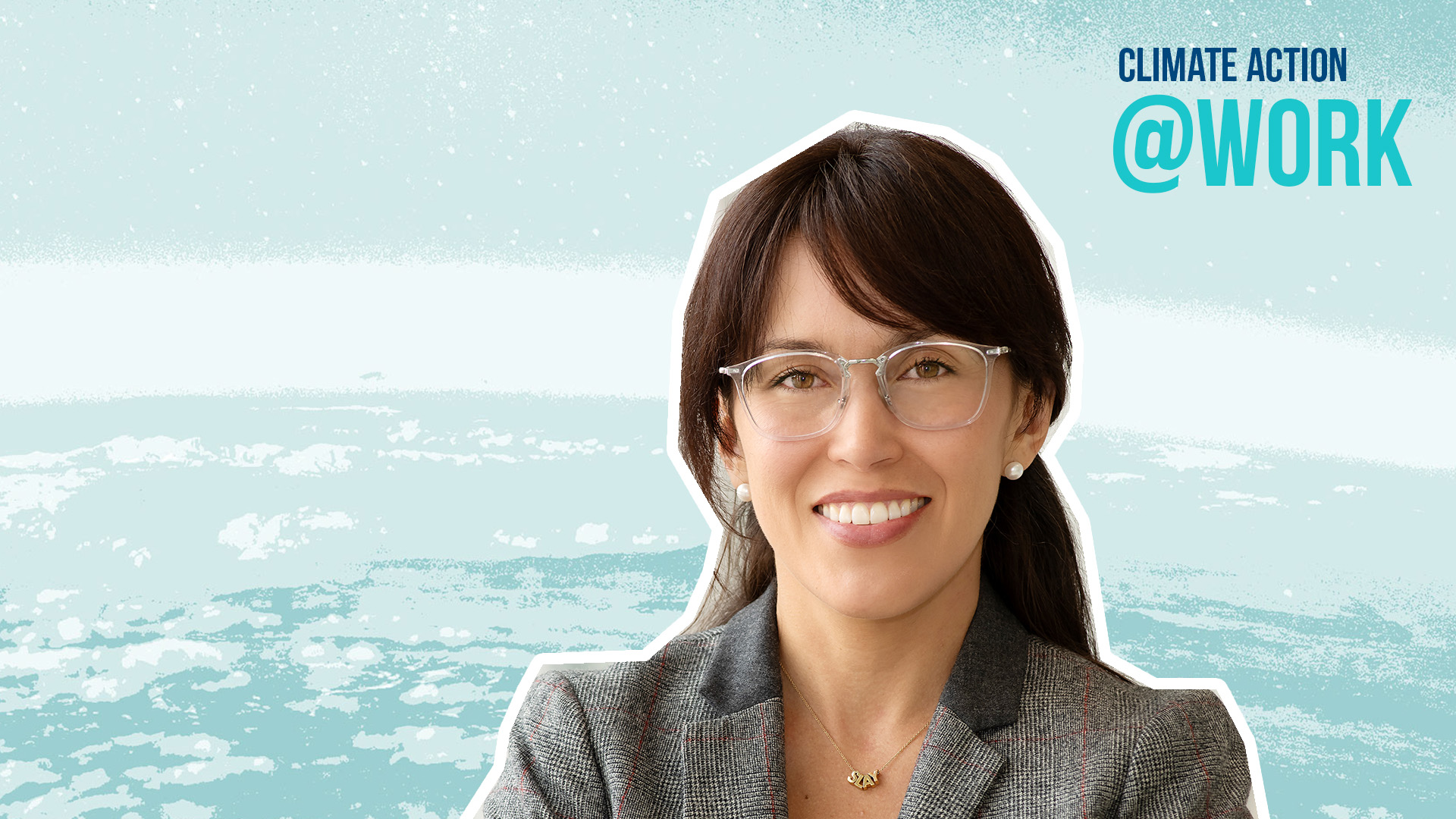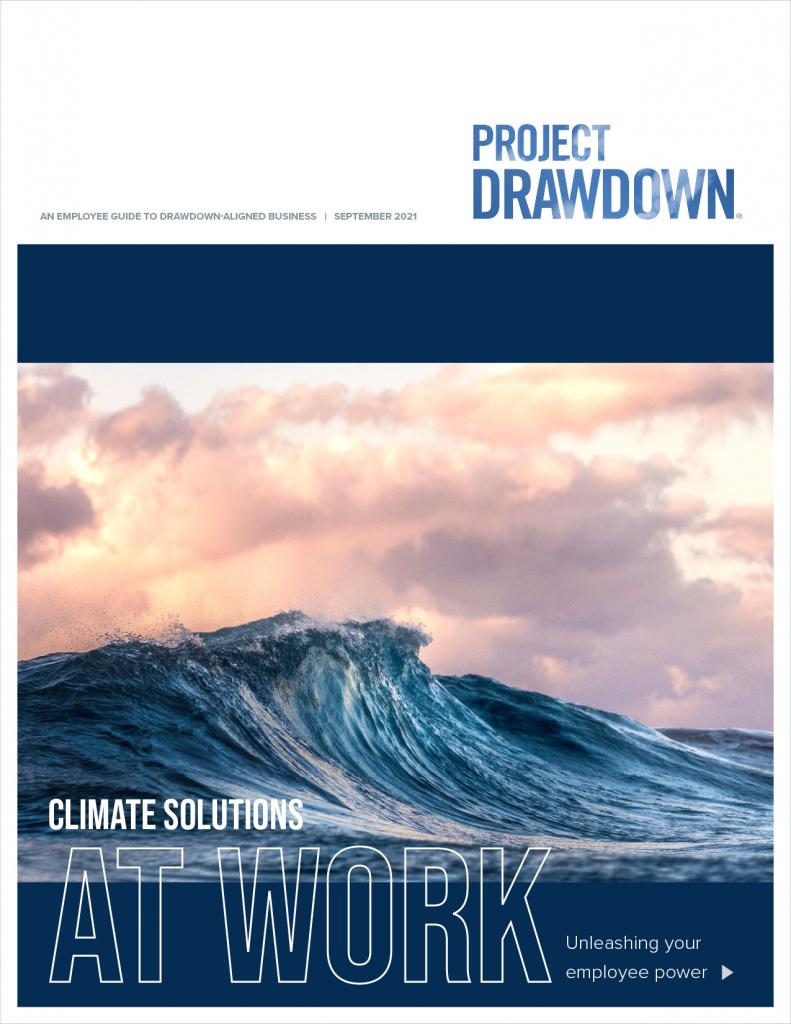Companies that create sustainable products benefit from increased compliance, increased revenue, lower costs, and improved customer and employee relationships. Engineers who create products that consume less energy save their companies money (see this case study on Etsy's transition to a green cloud).
Sustainable products are also important for attracting customers and investors, both of whom prioritize sustainability in their decision-making. In 2022, three out of five customers said “socially responsible or sustainable products made up at least half of their last purchases,” and the same ratio of investors said they take sustainability into account when building their portfolios.
Employees are also increasingly placing a premium on sustainability. Almost 70% of workers in the United States consider a company's environmental record when applying for a job, and those under 30 are even more adamant about working for companies with good environmental records with 93% agreeing that the more socially and environmentally responsible their company becomes, the more "motivated and loyal their employees will be."


